Workbenches: Best Surfaces for Precision Work
When precision is essential—such as in electronics assembly, laboratory analysis, metal fabrication, or fine mechanical work—the surface of a workbench becomes more than just a platform. It plays a direct role in ensuring accuracy, safety, and repeatability.
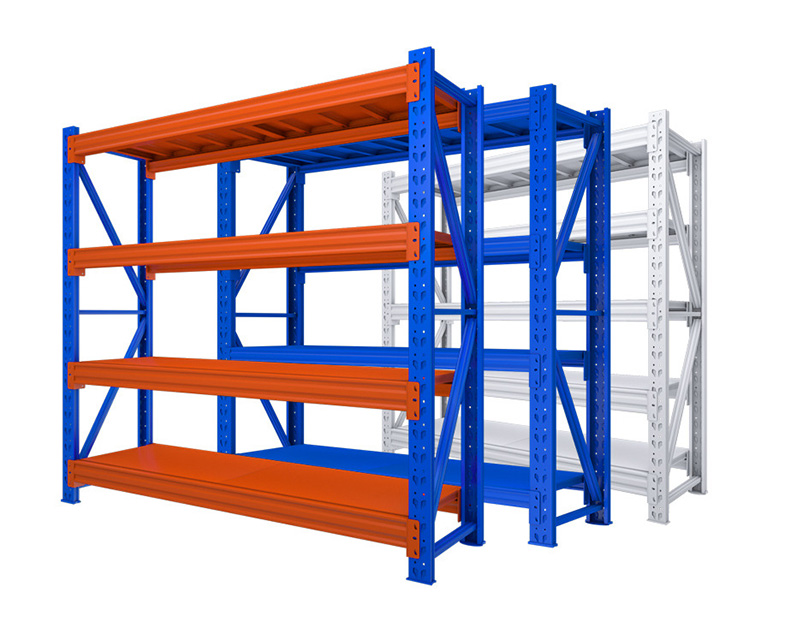
Stainless steel is one of the most popular surface choices for precision work. It offers excellent flatness, high durability, and resistance to corrosion, chemicals, and heat. Stainless surfaces are also non-porous, making them ideal for clean environments such as laboratories or food-grade manufacturing.
Laminate surfaces with high-pressure coatings provide a smooth, low-friction workspace that’s well-suited for assembly, packaging, or light electronics. They are cost-effective and available in anti-static (ESD-safe) versions, which are essential when working with sensitive electronic components.
Wood or butcher-block tops are favored in precision crafts like woodworking, light machining, and jewelry making. The slight “give” of wood provides a forgiving work surface for delicate operations, and it’s less likely to damage fragile items. However, they require regular sealing and are not ideal for environments with moisture or chemicals.
Phenolic resin surfaces are highly resistant to chemicals, making them perfect for labs, cleanrooms, and testing stations. They are non-conductive, lightweight, and offer thermal and mechanical stability under a wide range of conditions.
Granite or engineered stone tops are used in metrology and calibration workstations. These materials are ultra-flat and dimensionally stable, making them ideal for highly sensitive measurements or inspection stations where precision tolerances are critical.
Some precision workbenches combine multiple surface materials for hybrid use—for example, a central stainless area for soldering and an outer laminate area for packaging or labeling.
In conclusion, choosing the right workbench surface depends on your precision task, environment, and durability requirements. Investing in the proper surface not only enhances output quality but also extends tool life and protects sensitive components.
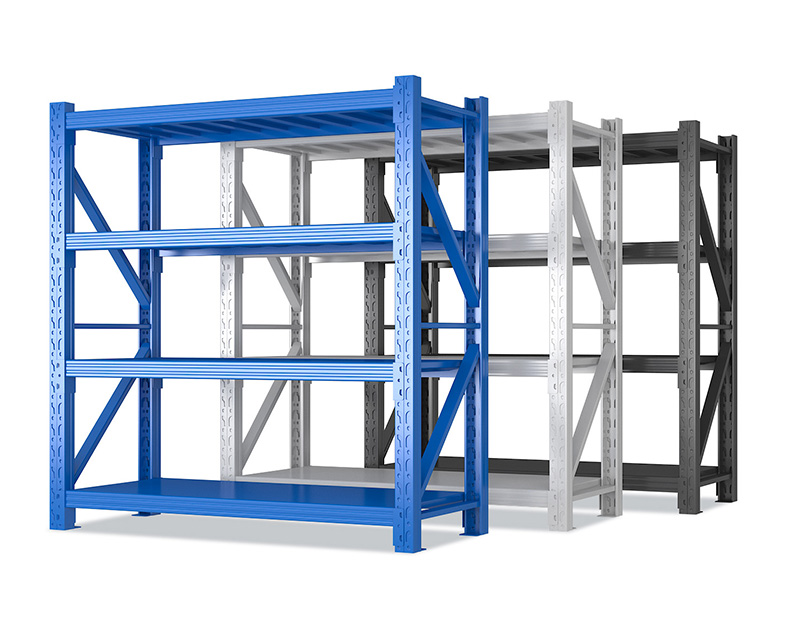 Estanterías ligeras: las mejores ventajas para espacios de a
Estanterías ligeras: las mejores ventajas para espacios de a
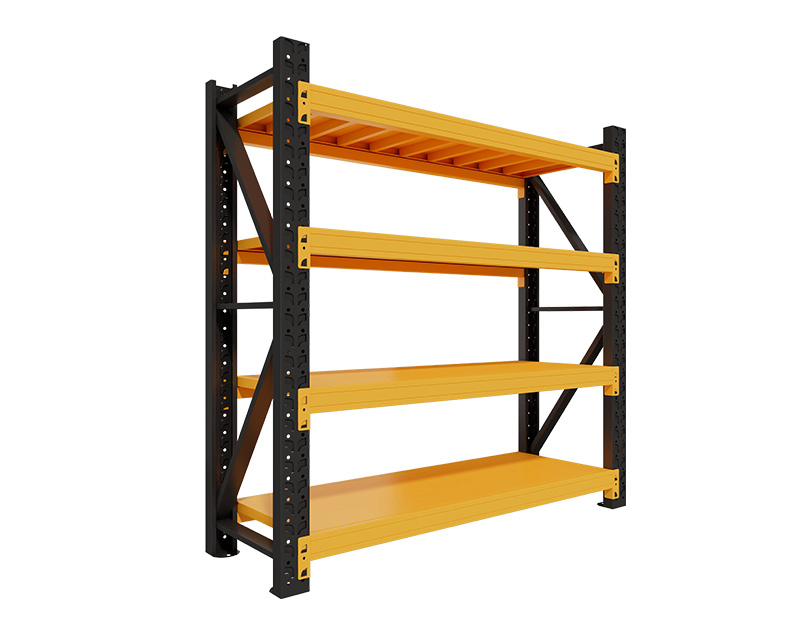 Estanterías medianas: perfecto equilibrio de resistencia y f
Estanterías medianas: perfecto equilibrio de resistencia y f
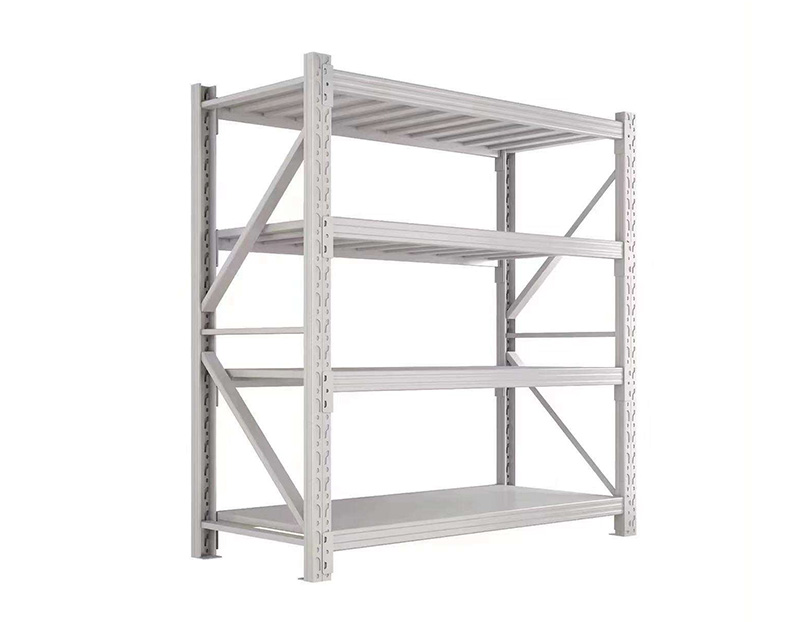 Heavy Duty shelf: Ultimate Guide for Industrial warehouse (e
Heavy Duty shelf: Ultimate Guide for Industrial warehouse (e
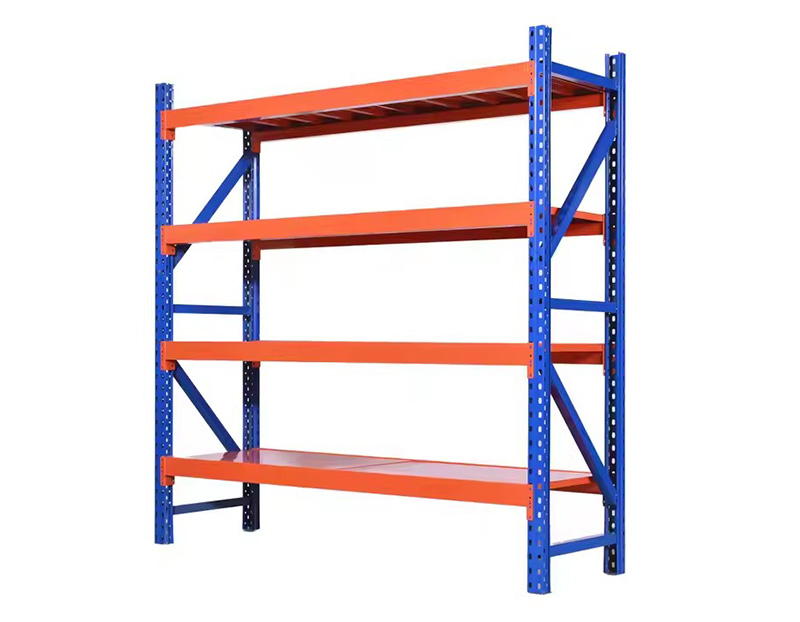 Tendencias en equipos de almacenamiento inteligentes que tra
Tendencias en equipos de almacenamiento inteligentes que tra
